Neuroscience
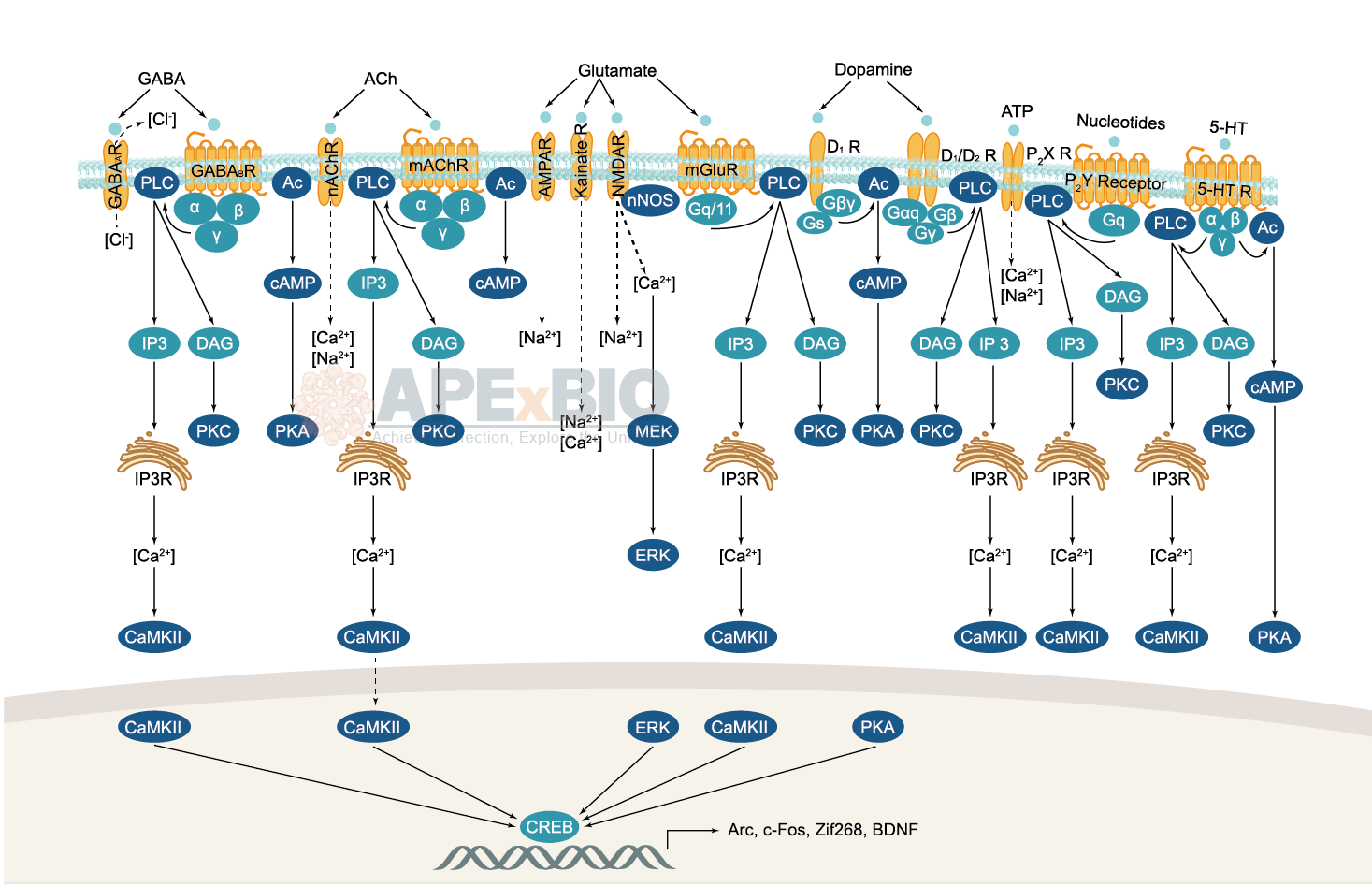
Neurotransmitter receptors function via various G-protein coupled and G-protein independent mechanisms that activate downstream intracellular signaling pathways such as cAMP/PKA, PI3K/AKT, phospholipase A2, and phospholipase C pathways. For instance, dopamine receptors act through adenylate cyclase to activate PKA and other signaling molecules, thereby mediate gene expression through the actions of CREB and other transcription factors. Other neurotransmitters such as NMDAR or AMPAR are associated with ion channels that control flux of Ca2+ and Na+, thus propagating the action potential across the post-synaptic neuron.
Dysfunctions in GABAergic/glutamatergic/serotonergic/dopaminergic pathways result in a broad range of neurological disorders such as chronic pain, neurodegenerative diseases, and insomnia, as well as mental disorders including schizophrenia, bipolar disorder, depression, and addiction.
-
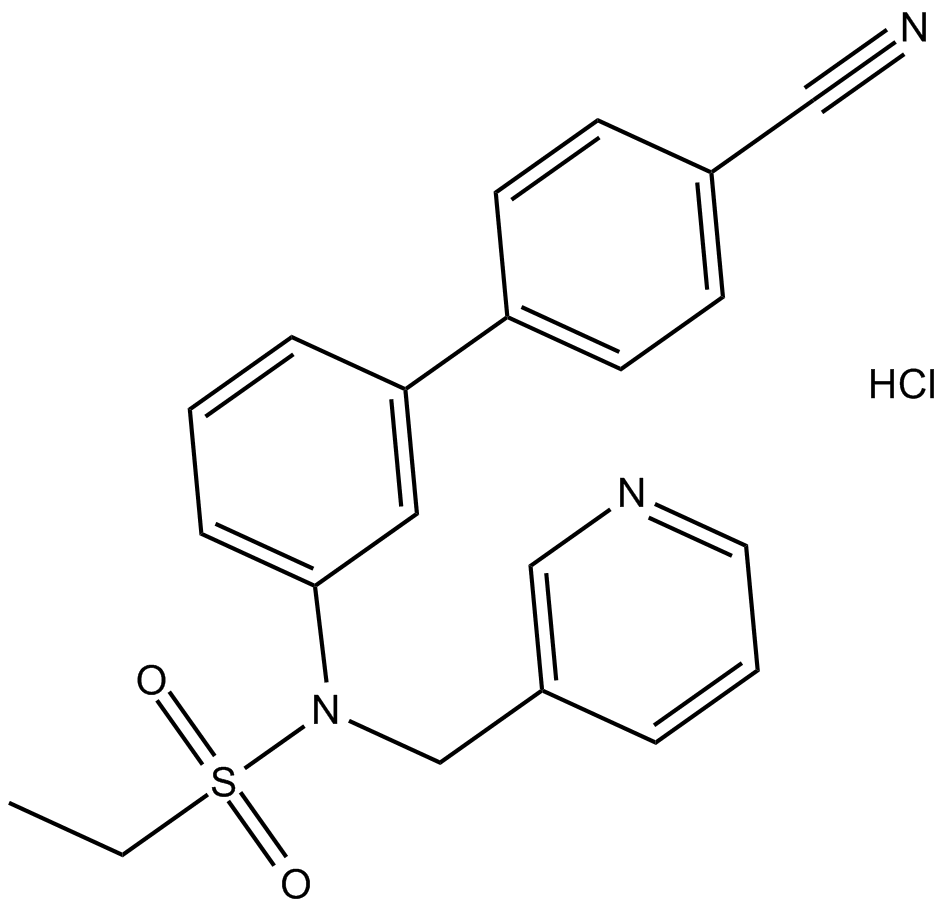 B7549 CBiPES hydrochlorideSummary: positive allosteric modulator of the mGlu2 receptor
B7549 CBiPES hydrochlorideSummary: positive allosteric modulator of the mGlu2 receptor -
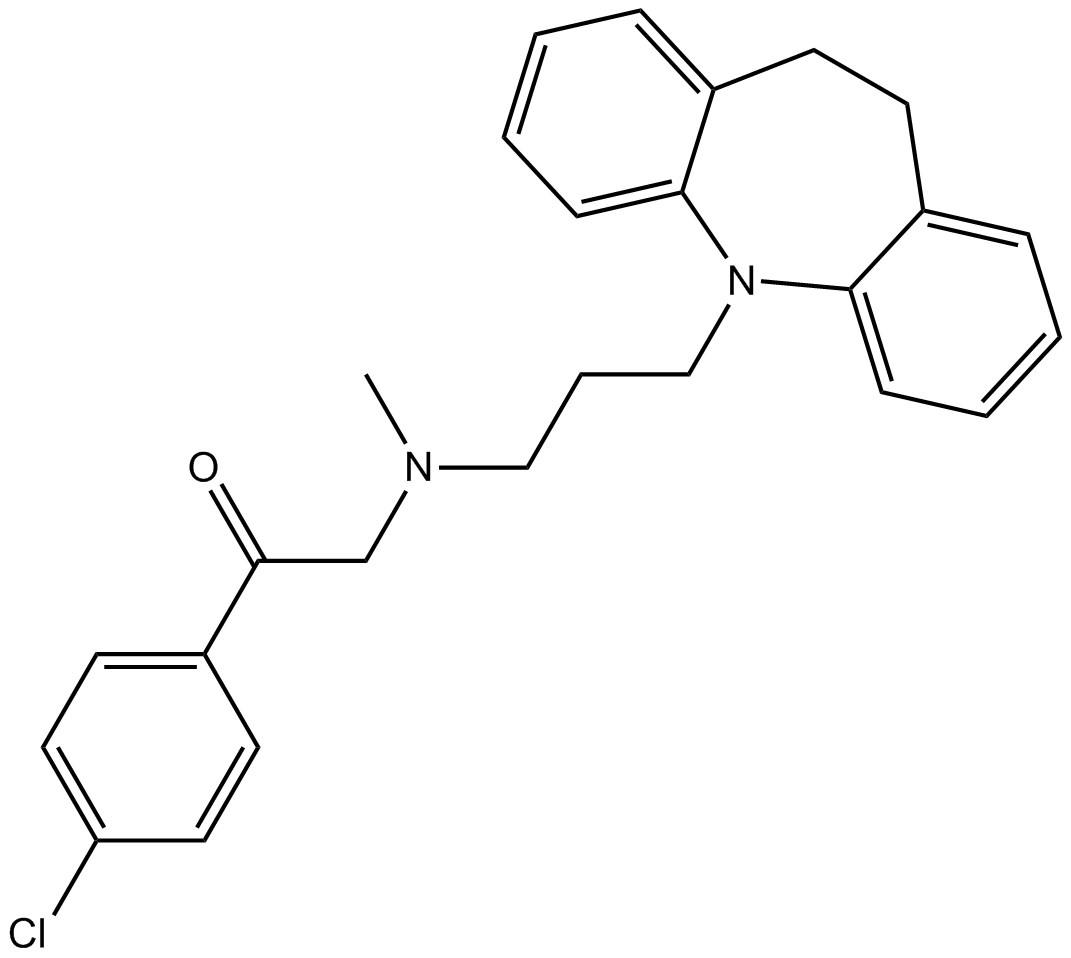 B7097 LofepramineSummary: Serotonin and noradrenalin re-uptake inhibitor (SNRI)
B7097 LofepramineSummary: Serotonin and noradrenalin re-uptake inhibitor (SNRI) -
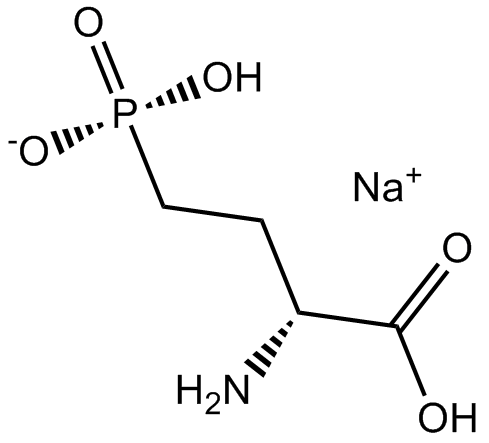 B7479 DL-AP4 Sodium saltSummary: Broad spectrum EAA ligand
B7479 DL-AP4 Sodium saltSummary: Broad spectrum EAA ligand -
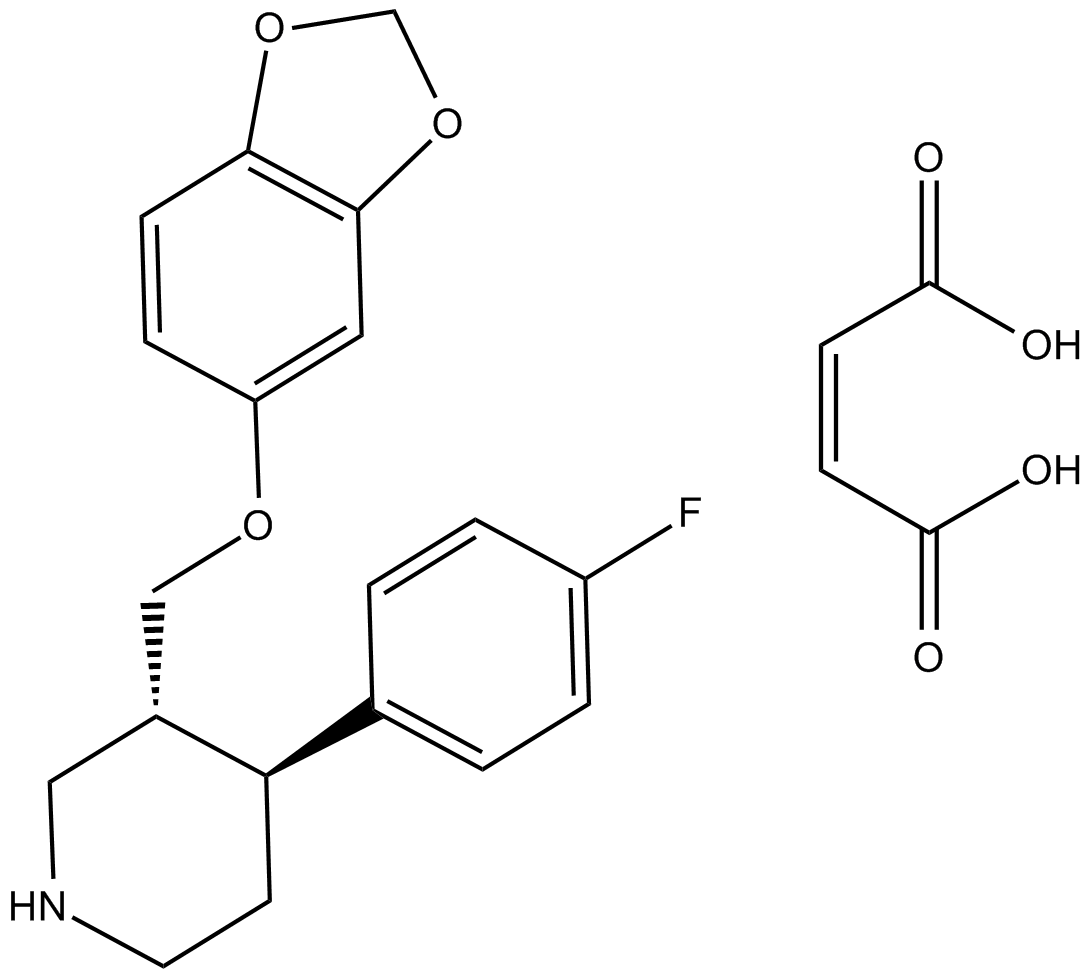 B6952 Paroxetine maleateSummary: 5-HT uptake inhibitor
B6952 Paroxetine maleateSummary: 5-HT uptake inhibitor -
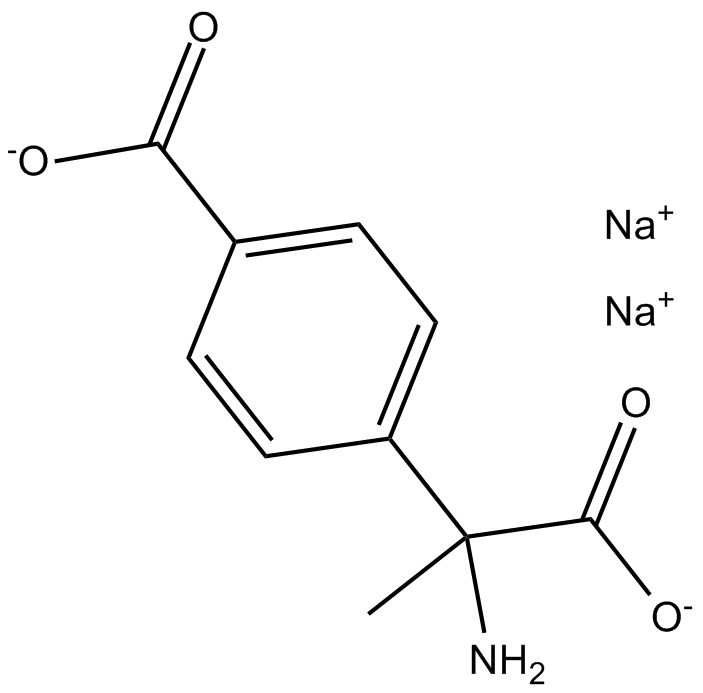 B7476 (RS)-MCPG disodium saltSummary: group I/group II metabotropic glutamate receptor antagonist
B7476 (RS)-MCPG disodium saltSummary: group I/group II metabotropic glutamate receptor antagonist -
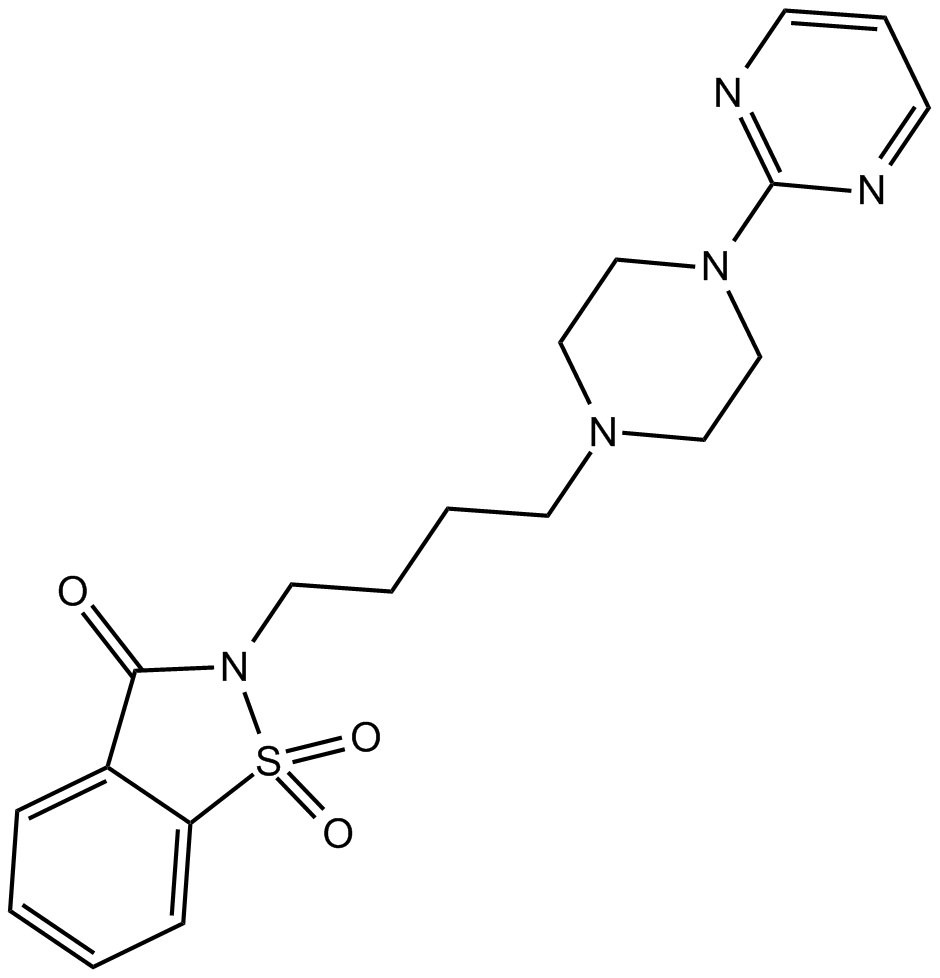 B6883 IpsapironeSummary: 5-HT1A receptor agonist
B6883 IpsapironeSummary: 5-HT1A receptor agonist -
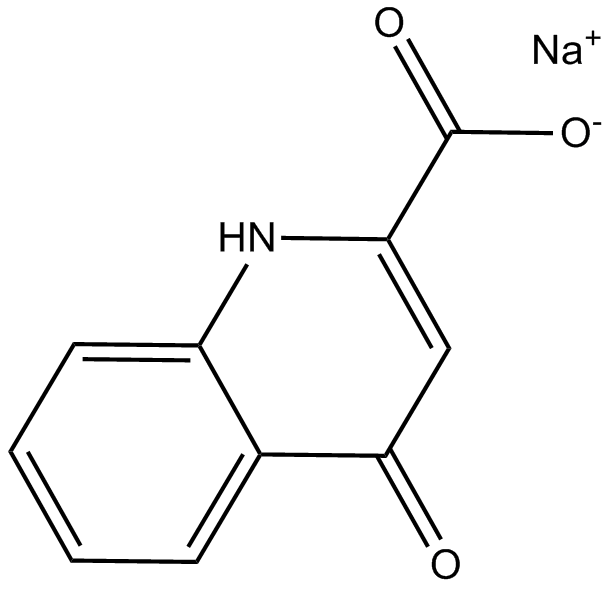 B7474 Kynurenic acid sodium saltSummary: broad spectrum EAA antagonist
B7474 Kynurenic acid sodium saltSummary: broad spectrum EAA antagonist -
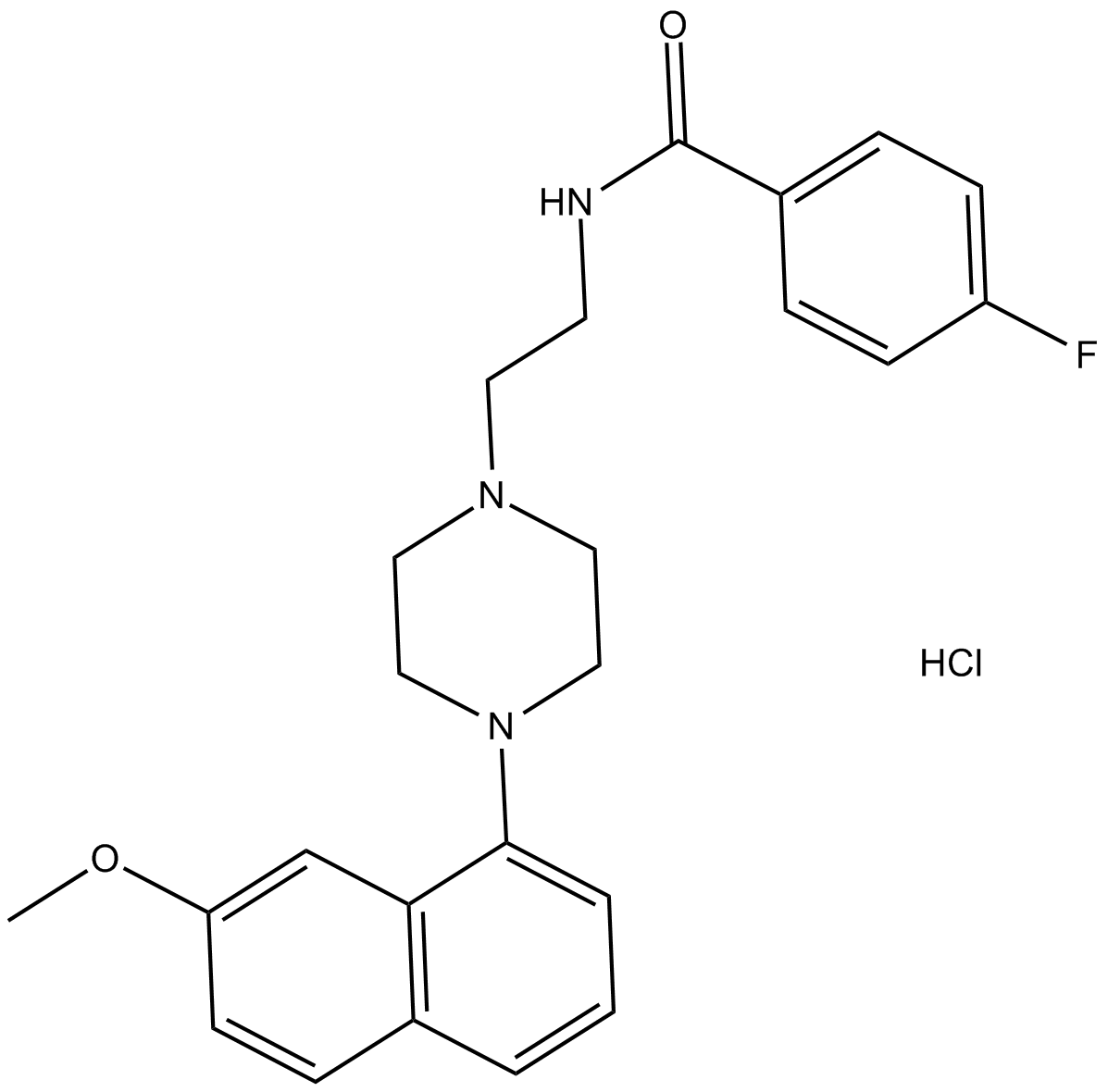 B6852 S 14506 hydrochlorideSummary: 5-HT1A receptor full agonist
B6852 S 14506 hydrochlorideSummary: 5-HT1A receptor full agonist -
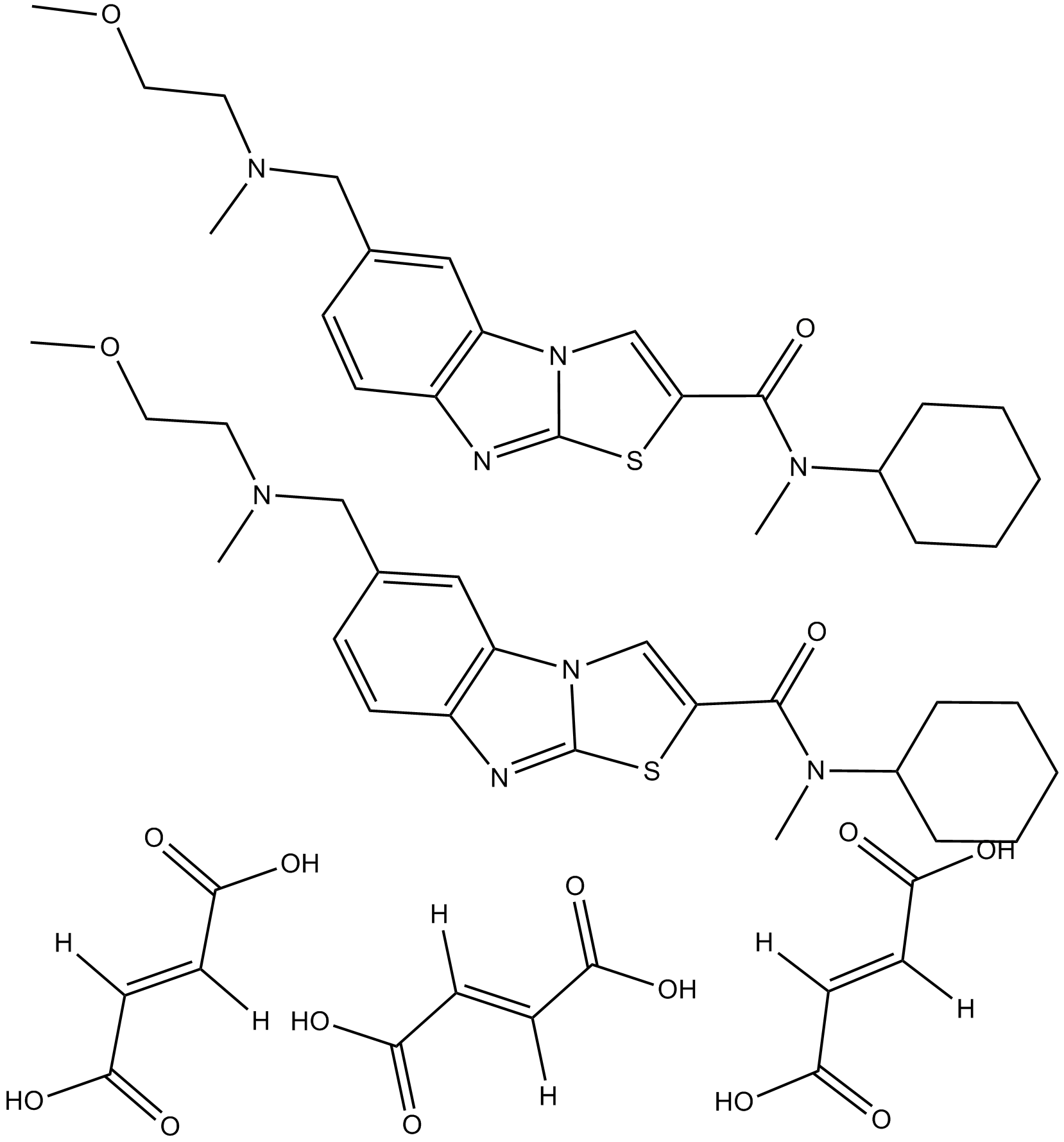 B7399 YM 202074Summary: metabotropic glutamate receptor type 1 (mGlu1) antagonist
B7399 YM 202074Summary: metabotropic glutamate receptor type 1 (mGlu1) antagonist -
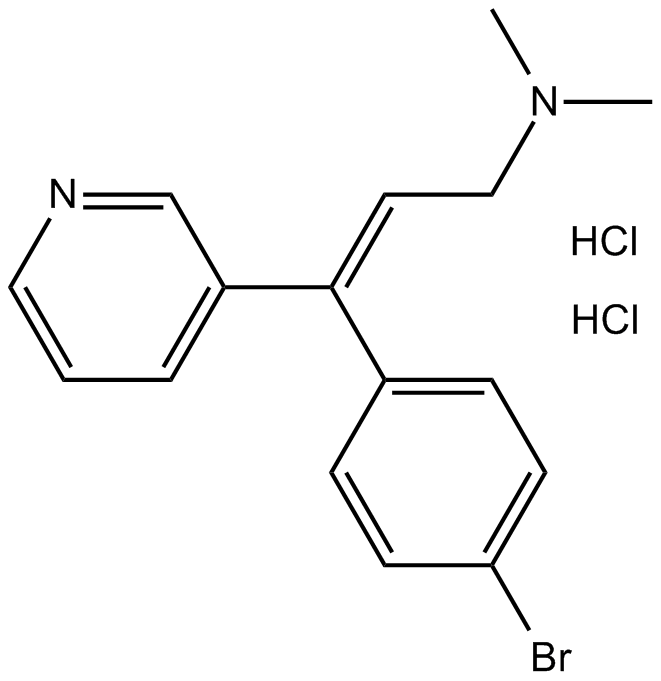 B6851 Zimelidine dihydrochlorideSummary: 5-HT re-uptake inhibitor
B6851 Zimelidine dihydrochlorideSummary: 5-HT re-uptake inhibitor

